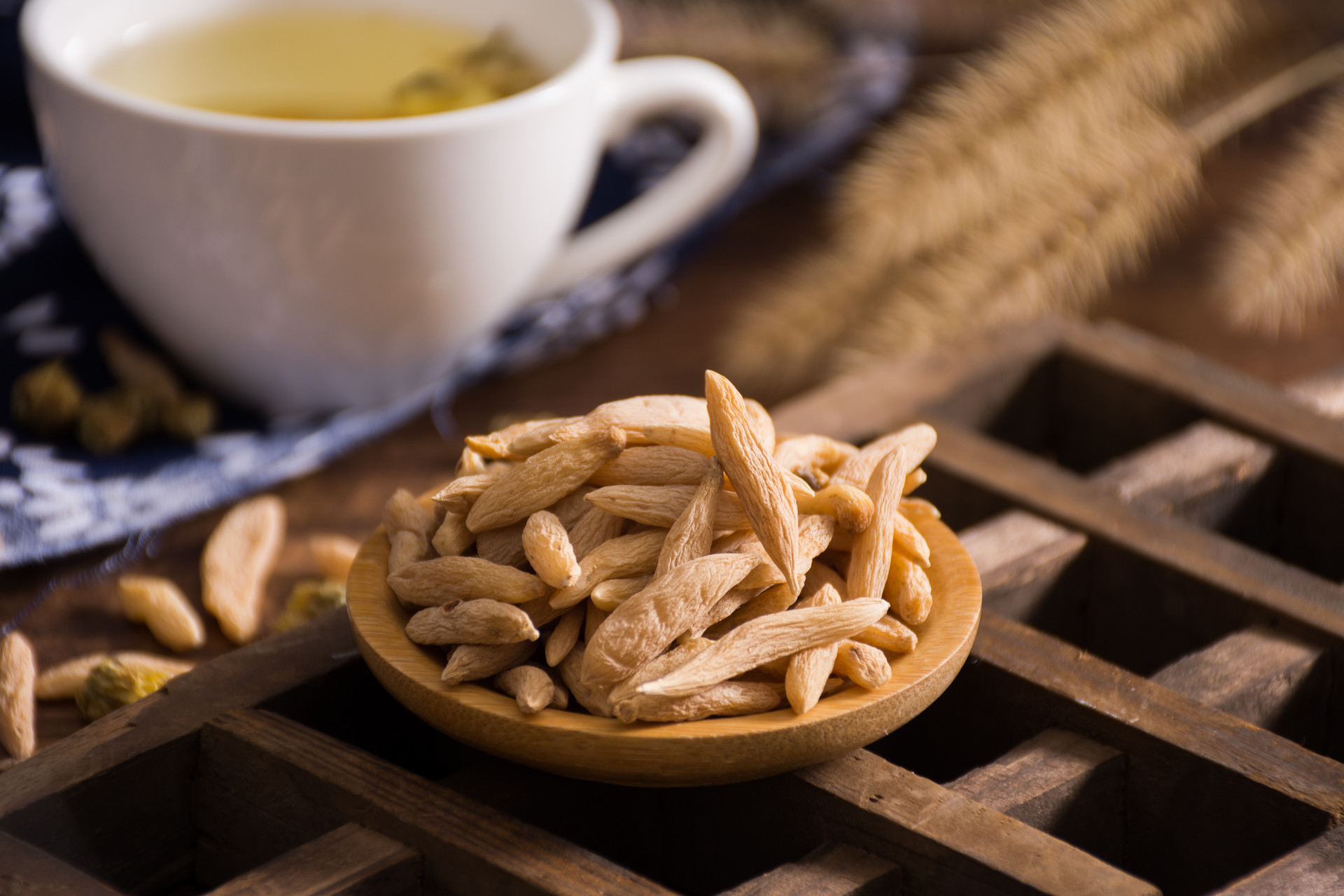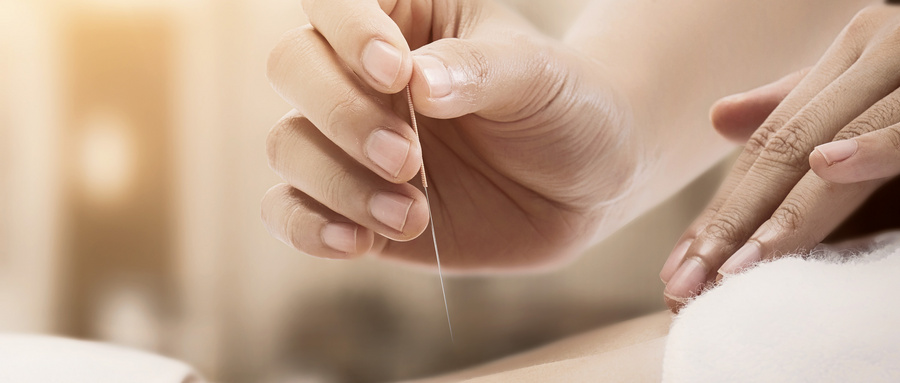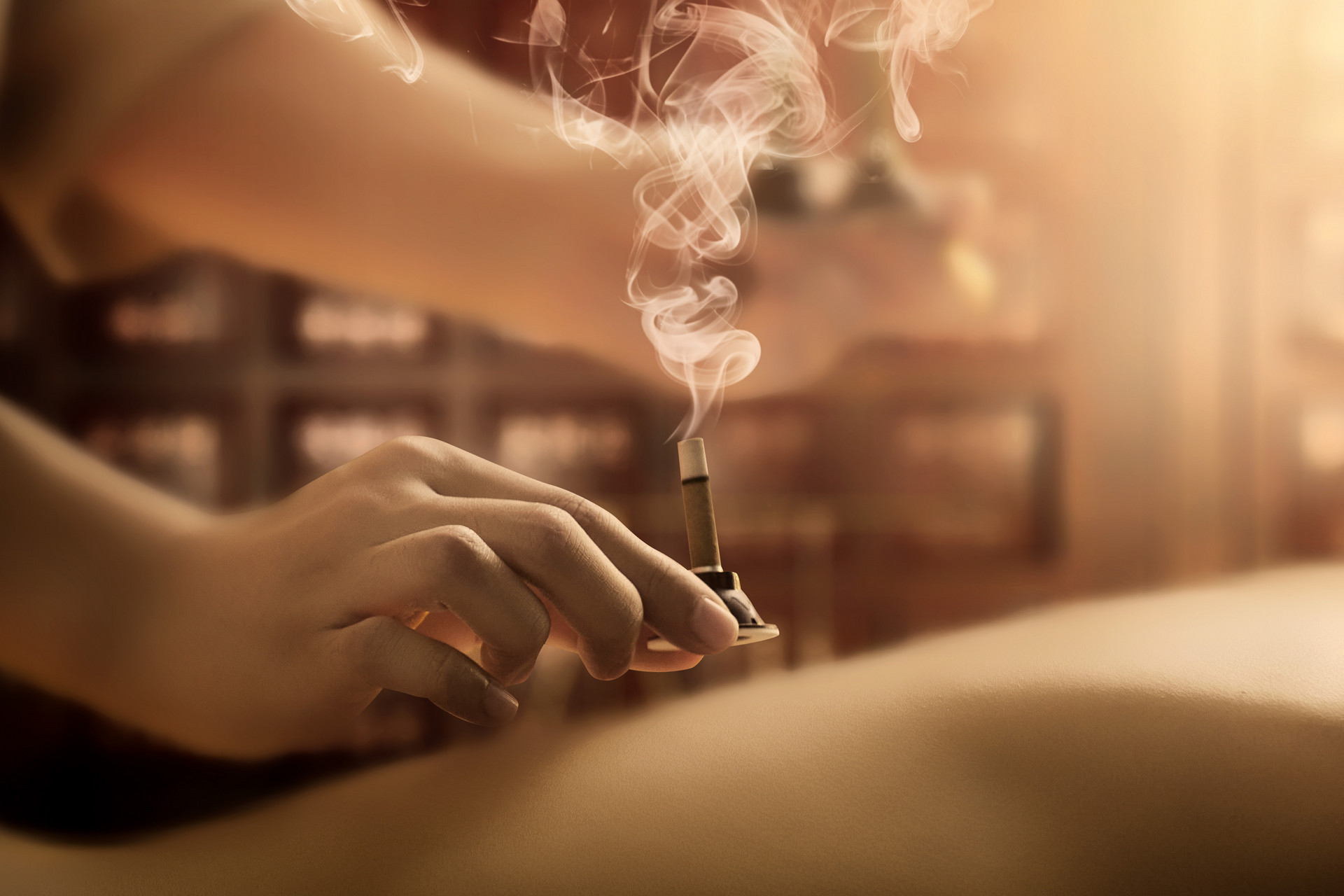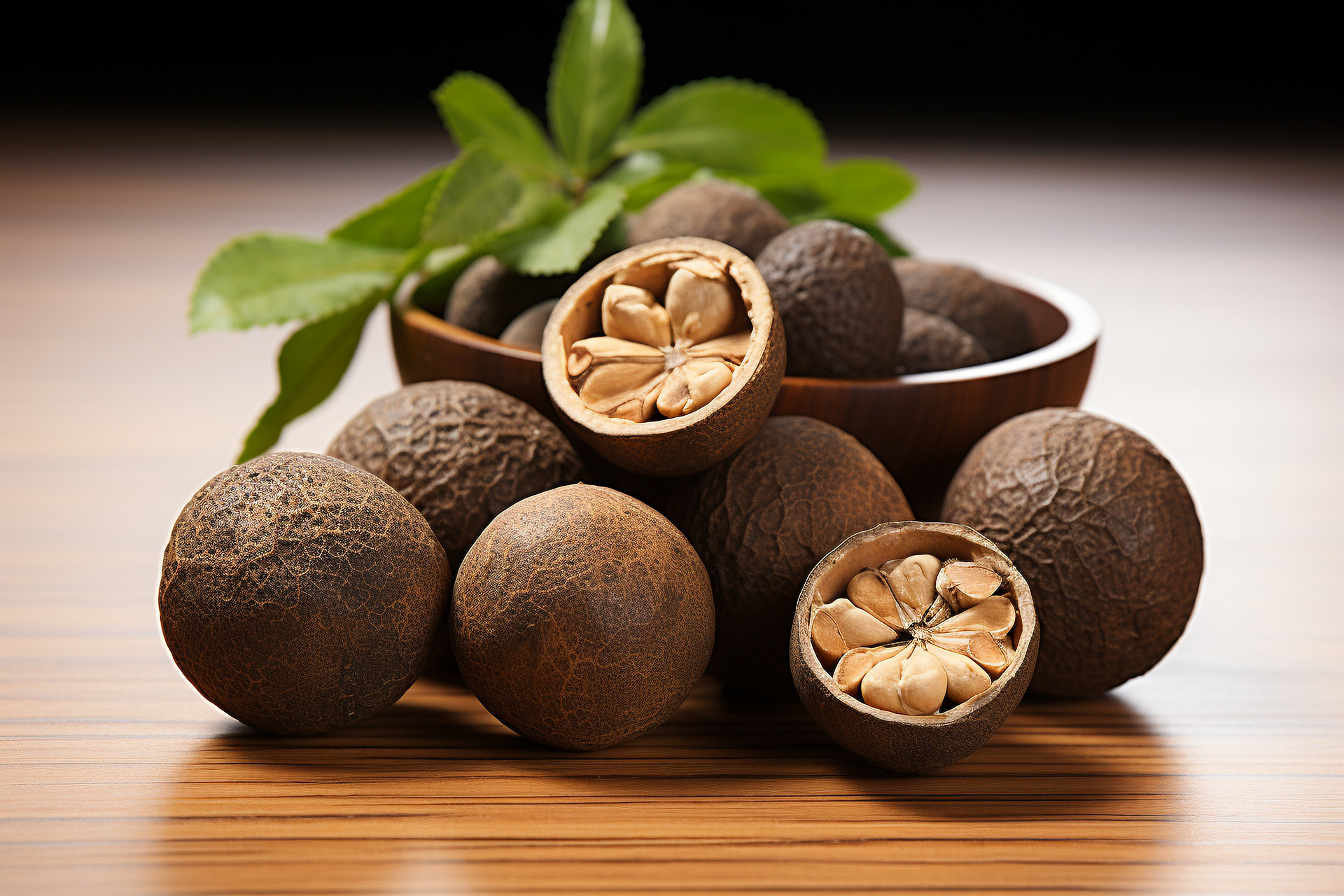
Qianghuo is mainly produced in Sichuan, Gansu, Yunnan and other regions at an altitude of 1500-4500 meters, in the forest and shrubbery at the edge and by the river. It prefers cool, moist and cold-resistant environments, and its rhizome is used as medicine. It has a clear and yang nature, good at promoting the circulation of qi, and has a dispersing effect. It can dispel evil and rise straight to the top, unblock the five organs, and move horizontally in the limbs. It is particularly effective in relieving pain in the head, neck, shoulders, and back, which are symptoms of upper body disorders. Therefore, it is suitable for those with upper body disorders. Zhang Zhicong wrote in "Bencao Chongyuan": "Qianghuo has a sweet and spicy taste, with a yellow-purple color, and a strong and fragrant smell. It grows in western Sichuan, inheriting the qi transformation of Taiyin of hands and feet. When attacked by wind and cold, it is like a guest knocking on the door, entering from the skin and fur into the muscles and pores. Qianghuo inherits the qi of Taiyin lung metal, so it can resist wind and cold in the skin and fur."

DuHuo grows in shady and humid slopes and undergrowth in Hubei, Sichuan, and other regions at an altitude of 1200-2000 meters. It prefers cool and moist environments, and the dried roots are used as medicine. DuHuo has a milder taste and a denser texture. It mainly enters the kidney meridian and is good at dispelling wind and dampness between the waist, knees, tendons, and bones. It is particularly effective in treating wind-dampness disorders in the lower body and internal organs. Wang Haogu wrote in "Tangye Bencao": "DuHuo treats the hidden wind of the Yin meridian of the foot and does not treat the Yang meridian. Therefore, it is used to treat the cold and dampness of both feet that cannot move or stop. Without it, it cannot be treated." Zhang Jiebin also wrote in "Jingyue's Complete Book of Materia Medica": "It is exclusively used for lower body wind-dampness, lower body pain, and dampness itching and spasms."
Although both herbs have the ability to dispel evil, they have different abilities to rise and descend. Qianghuo has a strong nature, while DuHuo has a milder nature. Therefore, Qianghuo is used to treat wind-dampness disorders in the foot Yang meridian, such as headaches and joint pain all over the body. DuHuo is used to treat wind disorders in the foot Yin meridian, such as inability to move due to dampness in both feet. When treating the Yin meridian, a compact DuHuo is essential, and when treating the Yang meridian, a lighter Qianghuo is necessary.
Huang Gongxiu pointed out in "Seeking the Truth in Materia Medica": "Qianghuo has a clear nature and can disperse the evil of the defensive and qi systems. DuHuo has a turbid nature and can circulate blood and warm and nourish the qi of the defensive and qi systems. Qianghuo has the function of promoting the surface, while DuHuo has the function of assisting the surface from within. Qianghuo mainly acts on the upper body and is related to qi, so it is used for wind headaches and wind-dampness bone and joint pain. DuHuo mainly acts on the lower body and is related to blood, so it is used for hidden wind headaches and dampness in both feet. Although both herbs treat wind disorders, they have different applications, so one should carefully consider their use."
Although both herbs have a bitter and spicy taste, Qianghuo grows in high-altitude areas, and its rhizome is used as medicine. It has a loose texture and a strong and intense nature. DuHuo grows in low-altitude shady mountainous areas, and its rhizome is used as medicine. It has a compact texture and a milder nature. Therefore, Qianghuo is more yang in nature, mainly acts on the upper body, promotes qi circulation, and can disperse evil. DuHuo is more yin in nature, mainly acts on the lower body, and its function lies in dispelling dampness and wind-dampness disorders.











